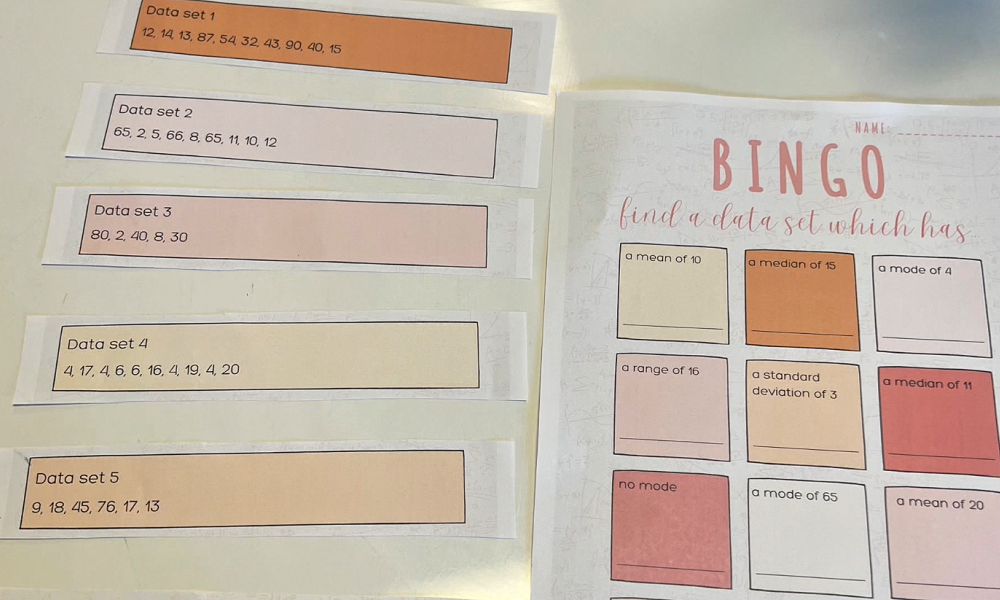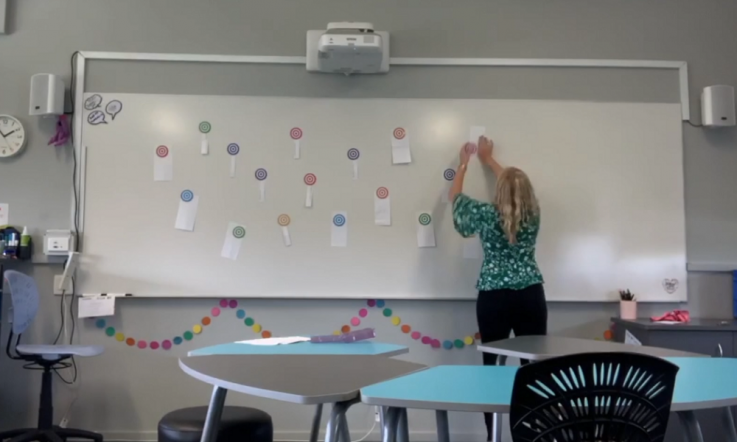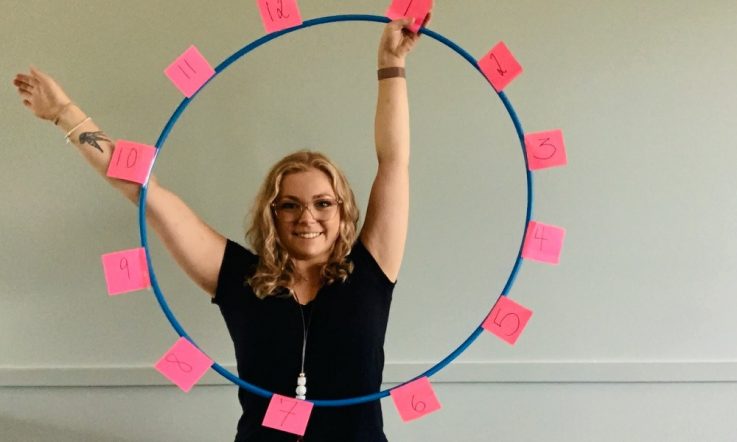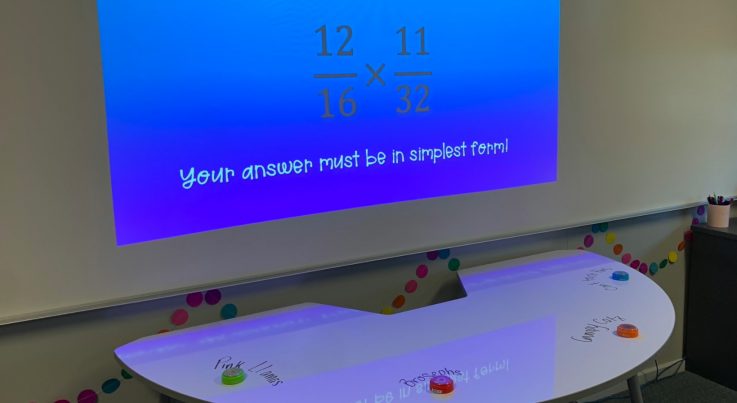In her latest video for Teacher, Mathematics teacher Holly Millican shares the resources for 3 activities she has implemented in her classroom to engage students when learning about statistics.
‘Statistics is one of those really great topics where you can incorporate a lot of real-world examples and really get your students engaged in the reality of statistics and where statistics will actually be found in their everyday lives after school,’ Millican shares in the video.
‘What I find with this topic is that we do have to be careful not to fall into the standard height versus weight … examples. So we do need to find ways to still engage our students and make those the examples we’re using, when teaching this topic, exciting and different.’
One of the activities Millican shares in her video – Tongue Twister Scatter Plots – seeks to do just this. It involves students working in groups and taking turns to say an assigned tongue twister aloud as fast as possible. They are timed by their peers, and their times are then used as points on a scatter plot.
‘It creates a really nice set of data on the scatter plot and it’s a really good way to bring students into this idea of “well, why is that one an outlier?” … and it gives them this real view, and this real understanding of the differences in data.’
Millican also shares 2 other activities she created herself in this video – Statistics Bingo and Vocab Memory.
She describes Statistics Bingo as a play on the standard bingo game. ‘So rather than have students remain in their seats and cross off the answers on their bingo sheet as I call them out up the front, this activity gets students up and out of their seats and hunting around the room to find the data set which satisfies each of the bingo squares on their sheets,’ she explains.
Finally, Vocab Memory is a task Millican finds to be great for the last 5 or 10 minutes of class, as it doesn’t require many resources and is easy to pack up.
‘This game is usually played in pairs, but it does seem to work well with groups of about up to 4 students,’ she shares. ‘It is played the same as the typical memory game. Each turn, the students flip 2 cards over, but rather than trying to match 2 of the same, students are trying to match words and their definitions. In this case, statistics vocab.’
Click the links below to access the materials for these 3 activities:
Watch video
As a secondary Mathematics teacher, reflect on the last time you taught statistics, and the real-world examples you used with students in the classroom. Are they examples you have been using for a long period of time? How did you come up with these examples? Do students find the examples exciting and engaging?
With a colleague, each come up with 3 new real-world examples to use when teaching about statistics. Could you implement these examples in the future?
Be sure to subscribe to our YouTube channel so you never miss a video.



